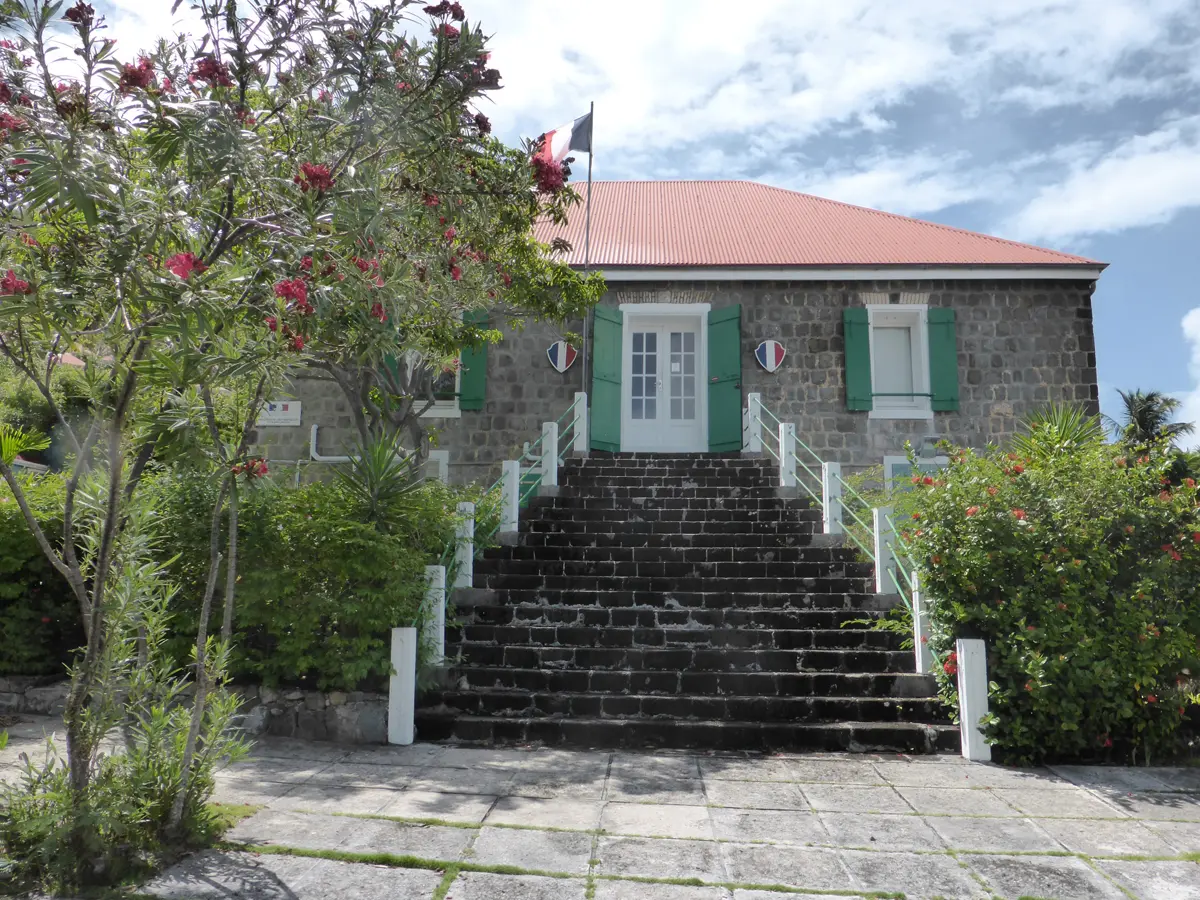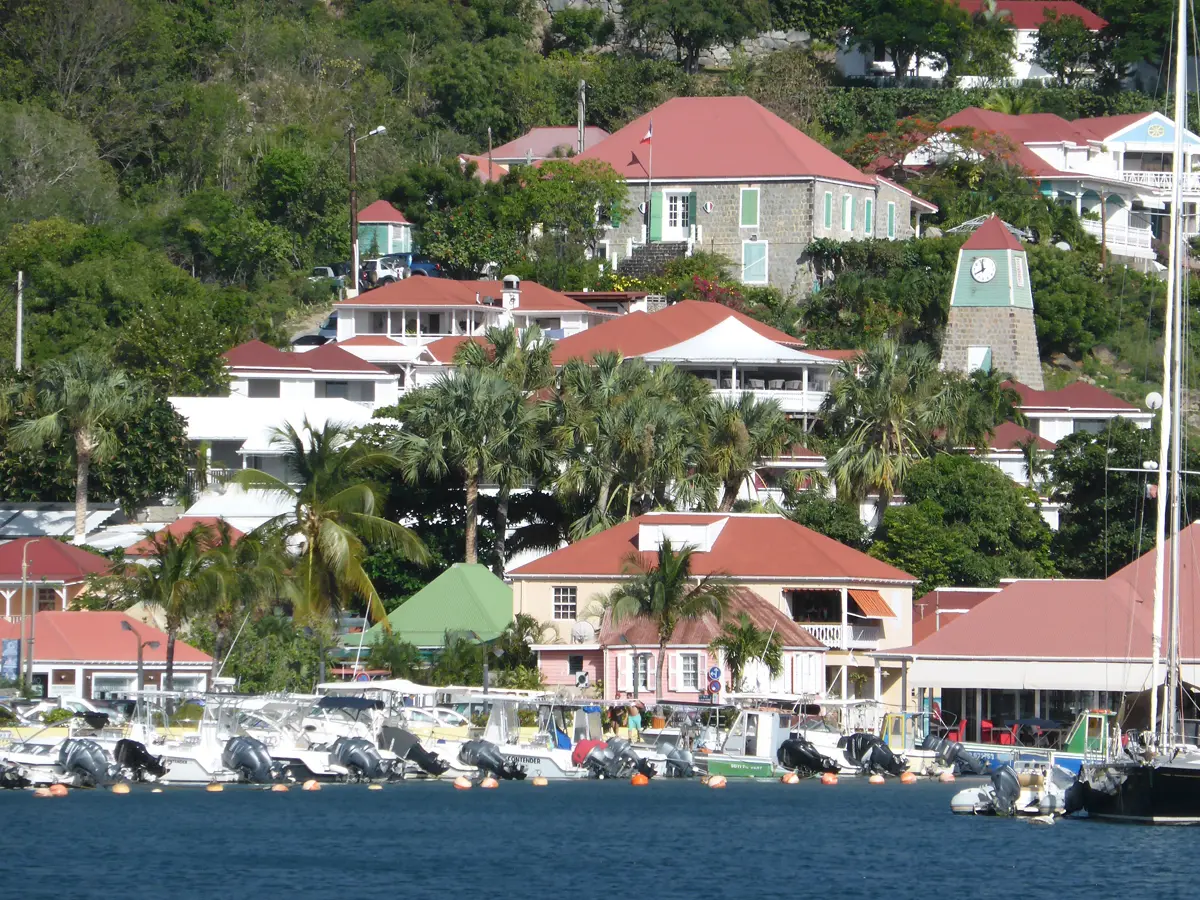The Swedish Prison, a building with a rich and varied history, stands as a testament to St. Barth’s complex colonial past. Originally conceived as the island’s first grammar school, its construction was initiated by the Freemasons, led by judge Anders Bergstedt. This ambitious project faced early setbacks, with construction delayed by the British occupation of the island, finally reaching completion in 1804. Interestingly, the building’s initial use deviated from its original purpose.

Instead of serving as a school, it became a vibrant community center, hosting public meetings, parties, and balls. This period of festivity came to an abrupt end in 1819 when the building was converted into a prison, a function it would serve for many years. The 20th century saw further changes in the building’s use. For brief periods in the 1900s, it finally fulfilled its original purpose as a school. However, its most significant transformation came in 1974 when it became the home of the ‘Sous Prefecture’, the French administration on St.

Barth. Today, it serves as a crucial administrative center where island residents obtain passports and foreign workers secure work permits. The Swedish Prison building, with its journey from intended school to community hall, prison, school again, and finally administrative center, encapsulates the island’s transition through different colonial powers and governmental systems. It stands not just as a historical landmark, but as a living part of St. Barth’s ongoing story, continuing to play a vital role in the island’s day-to-day governance.
